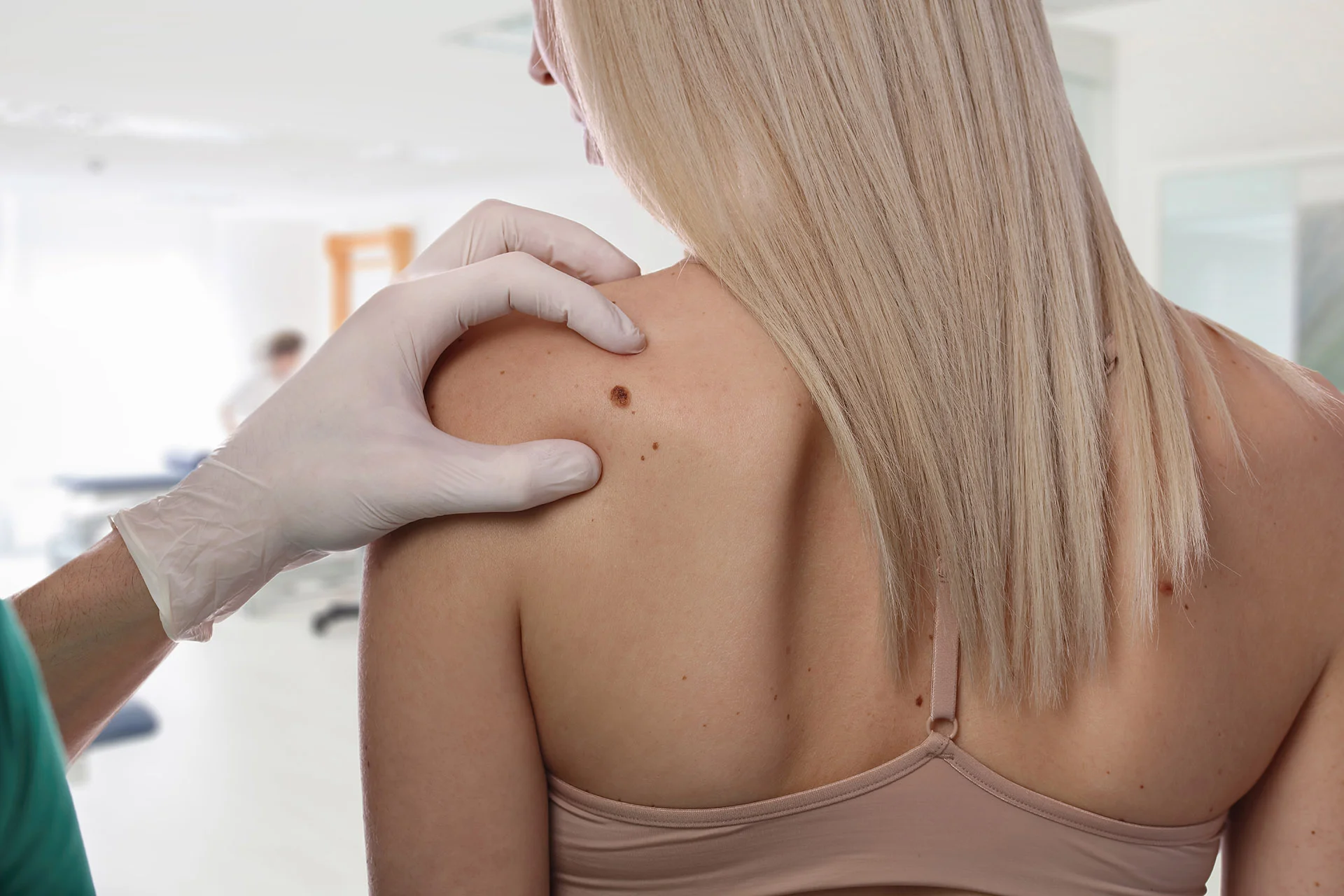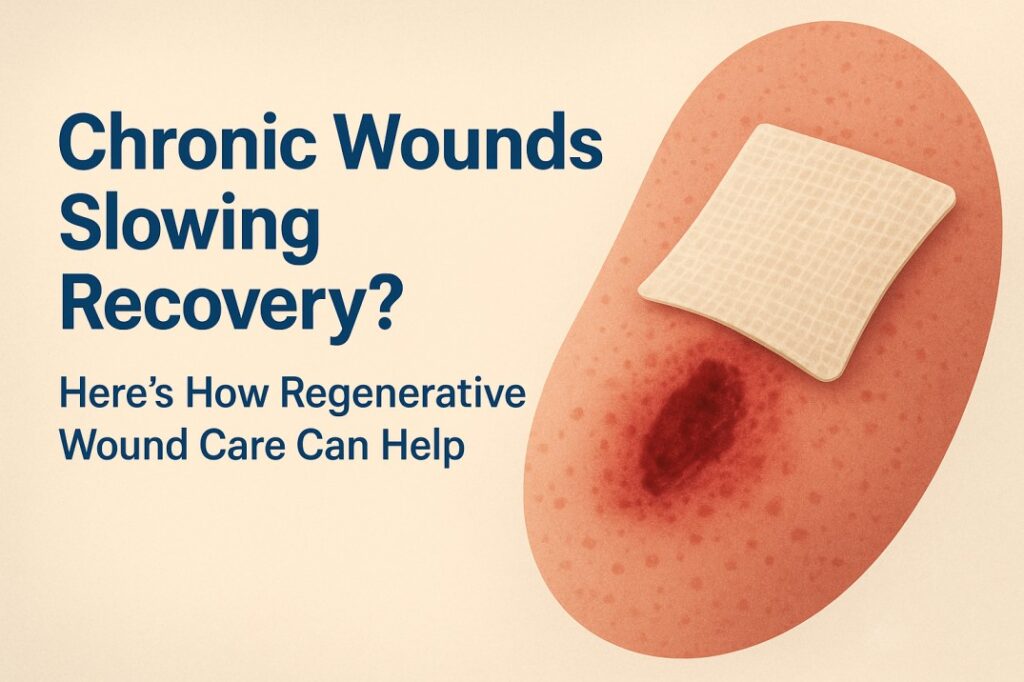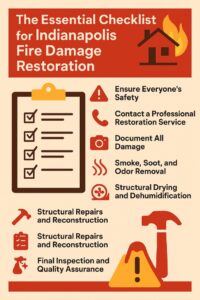Moles are common skin growths that can vary in size, color, and texture. While most moles are harmless, some may be cosmetically bothersome, while others could potentially be cancerous. If you’re considering Mole Removal in Islamabad, it’s crucial to prioritize safety and effectiveness. This comprehensive guide provides essential information to help you navigate the process and make informed decisions.
Understanding Moles:
Moles, also known as nevi, are typically caused by clusters of melanocytes, the cells that produce pigment in your skin. They can appear at any age and are usually benign. However, certain changes in a mole, such as rapid growth, changes in color or shape, bleeding, itching, or pain, should prompt a visit to a dermatologist to rule out melanoma, a type of skin cancer.
When to Consider Mole Removal:
Mole removal is considered for various reasons:
- Cosmetic Concerns: Moles located in visible areas, like the face, neck, or hands, can be cosmetically bothersome.
- Medical Reasons: If a mole is suspected to be cancerous or precancerous, its removal is medically necessary.
- Irritation or Discomfort: Moles that rub against clothing or are frequently irritated can be removed for comfort.
Choosing a Qualified Dermatologist in Islamabad:
Selecting the right dermatologist is paramount for safe and effective mole removal. Look for the following qualities:
- Board Certification: Ensure the dermatologist is board-certified in dermatology. This signifies they have met rigorous standards of training and expertise.
- Experience with Mole Removal: Inquire about the dermatologist’s experience with various mole removal techniques.
- Reputation and Reviews: Research the dermatologist’s reputation through online reviews and testimonials.
- Comfort and Communication: Choose a dermatologist with whom you feel comfortable discussing your concerns. They should be able to clearly explain the procedure, risks, and expected outcomes.
Mole Removal Techniques:
Several techniques are used for mole removal, each with its own advantages and disadvantages:
- Surgical Excision: This method involves cutting out the mole and stitching the skin closed. It’s often used for larger moles or moles suspected to be cancerous. It may leave a small scar.
- Laser Removal: Laser treatment uses a concentrated beam of light to destroy the mole tissue. It’s often used for smaller, superficial moles and may result in minimal scarring. Different types of lasers are used for different mole types.
- Cryotherapy (Freezing): Cryotherapy involves freezing the mole with liquid nitrogen. It’s a common method for removing small, benign moles, skin tags, and warts.
- Electrocautery: Electrocautery uses an electric current to burn off the mole tissue. It’s often used for small moles and skin tags.
- Shave Excision: This technique involves shaving off the top layer of the mole. It’s suitable for raised moles that don’t extend deep into the skin.
The Mole Removal Process:
The mole removal process typically involves the following steps:
-
Consultation and Examination: The dermatologist will examine the mole, discuss your concerns, and determine the most appropriate removal technique. They may also perform a biopsy if there’s suspicion of cancer.
-
Anesthesia: Local anesthesia is usually administered to numb the area around the mole before the procedure.
-
Mole Removal: The chosen technique is used to remove the mole.
-
Post-Operative Care: The dermatologist will provide instructions on how to care for the treated area, including wound care, medication, and activity restrictions.
Safety Considerations:
Mole removal is generally a safe procedure when performed by a qualified dermatologist. However, some risks are associated with any medical procedure, including:
- Infection: Infection at the removal site is a possibility, though the risk is minimized with proper hygiene and post-operative care.
- Scarring: Some scarring is possible, especially with surgical excision. The extent of scarring depends on the size and location of the mole, the technique used, and individual healing factors.
- Changes in Skin Pigmentation: Changes in skin color around the treated area are possible, particularly with laser removal.
- Recurrence: In rare cases, the mole may recur after removal.
Post-Operative Care:
Following your dermatologist’s post-operative care instructions is crucial for proper healing and minimizing complications. This may include:
- Keeping the area clean and dry.
- Applying antibiotic ointment.
- Avoiding rubbing or picking at the treated area.
- Protecting the area from sun exposure.
When to See a Dermatologist:
It’s essential to see a dermatologist if you notice any changes in a mole, including:
- Changes in size, shape, or color.
- Bleeding, itching, or pain.
- The appearance of a new mole.
Cost of Mole Removal in Islamabad:
The cost of mole removal in Islamabad varies depending on several factors, including the size and type of mole, the removal technique used, and the dermatologist’s fees. It’s best to consult with a few dermatologists to get cost estimates.
Choosing a Clinic in Islamabad:
When choosing a clinic for mole removal in Islamabad, consider the following:
- Dermatologist’s Qualifications: Ensure the dermatologist is board-certified and experienced in mole removal.
- Clinic Reputation: Research the clinic’s reputation and ensure it maintains high standards of hygiene and safety.
- Technology and Facilities: Modern clinics use advanced technology for mole removal.
- Patient Comfort: Choose a clinic where you feel comfortable and well-cared for.
Conclusion:
Mole removal in Islamabad can be a safe and effective procedure when performed by a qualified dermatologist. By understanding the different techniques, risks, and benefits, and choosing a reputable clinic, you can achieve the desired cosmetic or medical outcome with minimal complications. Remember, this blog post provides general information and does not constitute medical advice. Always consult with a qualified healthcare professional for personalized guidance and treatment recommendations









